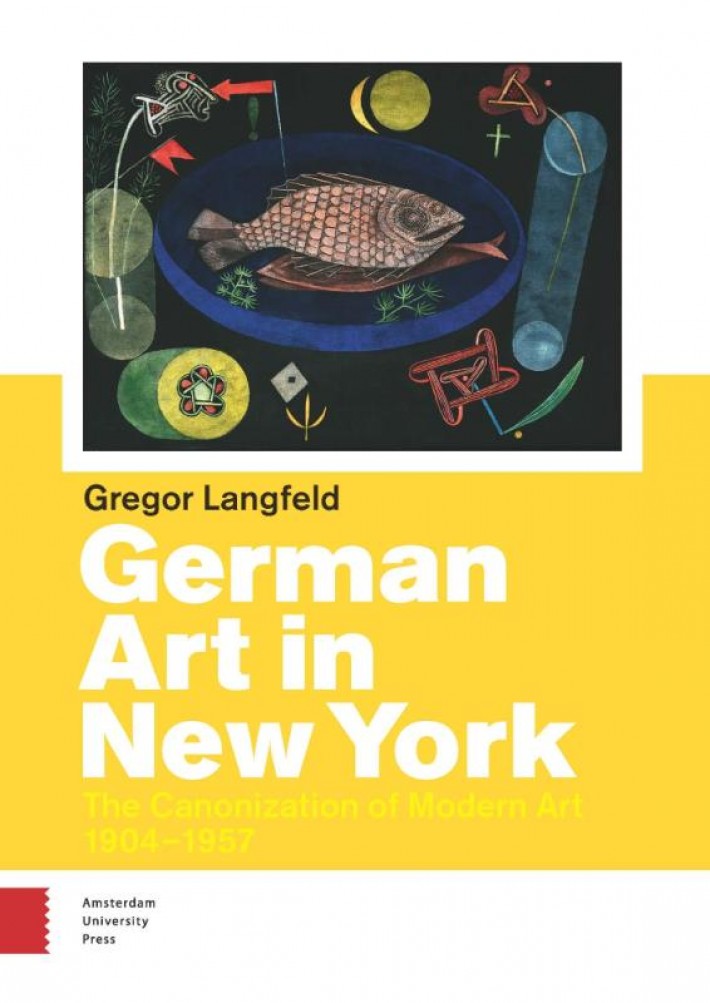dit werk kent de volgende uitvoeringen
Paperback
ISBN9789089647665
verschijningsdatum16/03/2015
verschijningsdatum16/03/2015
Personen
G. Langfeld
Steven Lindberg
NUR Codes (sub)
640 Kunst algemeen
Michaël Borremans

Why did the Museum of Modern Art and the Guggenheim in New York, as well as major collectors and curators collect German art in the first half of the twentieth century? And why did certain works and movements belong to the canon while others did not? Langfeld examines how modern German art was received, collected and assessed, questioning the political and ideological motivations in the process. The political attitudes of avant-garde artists close to National Socialism were systematically obscured or reinterpreted in order to justify their art. Conversely, art that could be stylistically associated with the official art of the Third Reich was tabooed and considered 'unworthy of the canon'. As a result, the reputation of many artists associated with Neue Sachlichkeit who had previously been more highly esteemed began to wane.